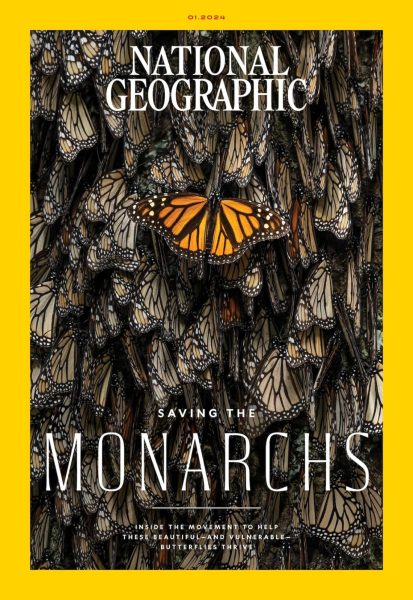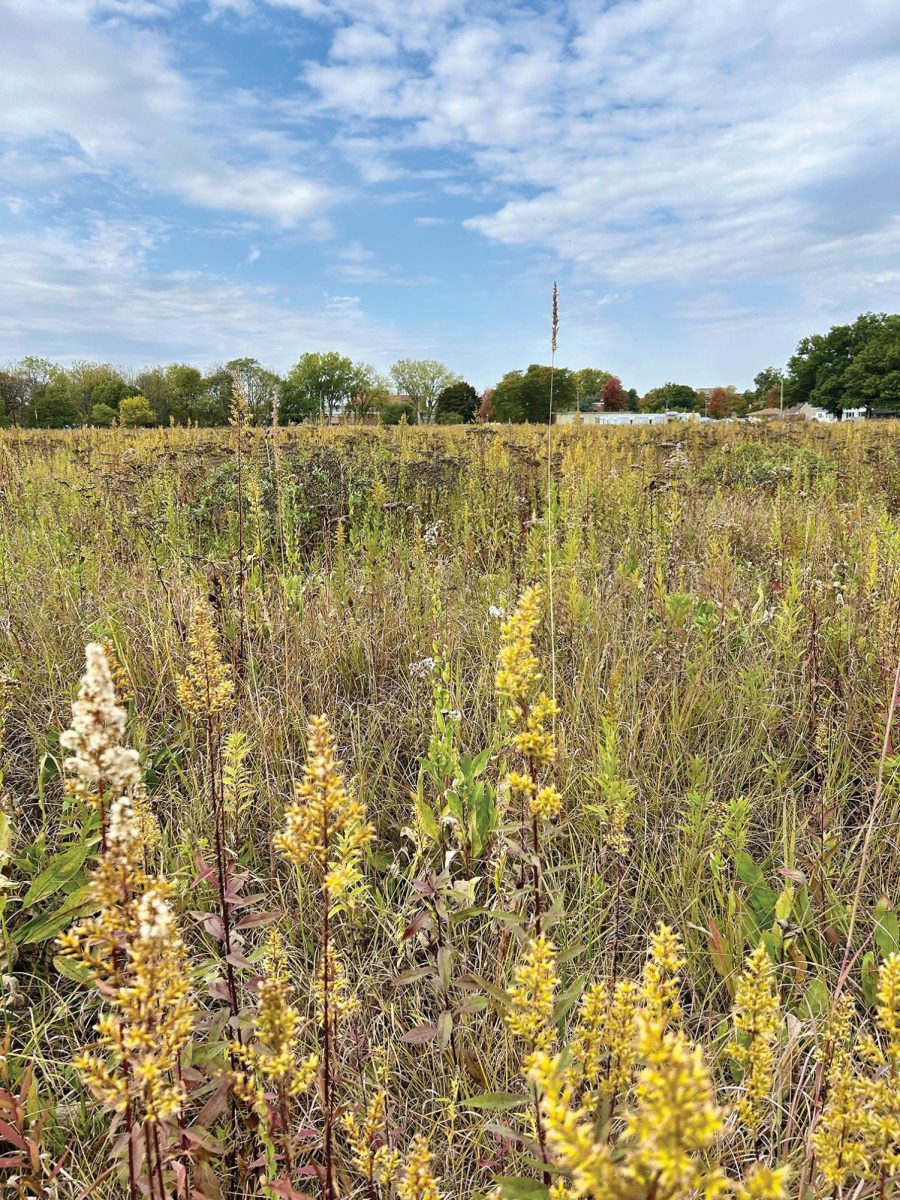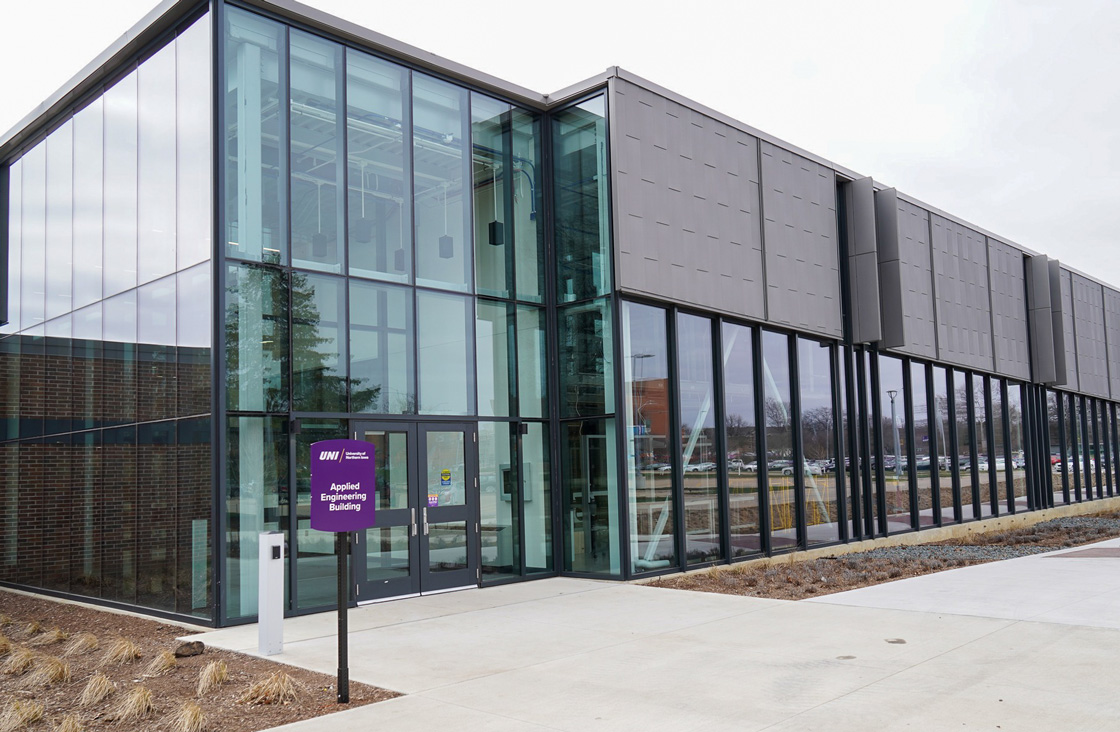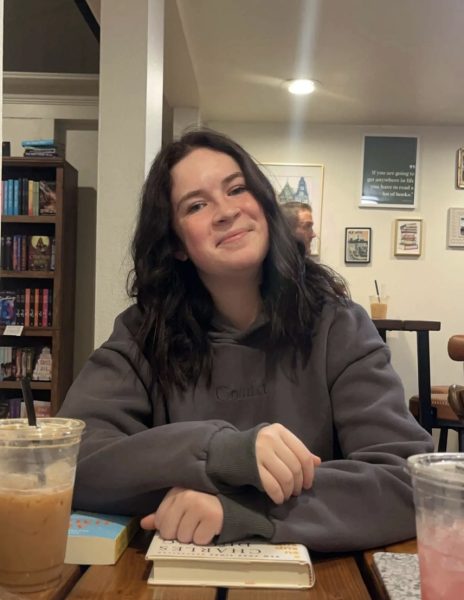The Tallgrass Prairie Center, first officially established in 1999 with roots dating back to 1990, originally aimed to address the significant loss of prairie and other natural habitats in Iowa.
“We’ve lost more prairie, more natural habitat than … perhaps any other place on the planet,” said Laura Jackson, Ph.D., the Director of the Tallgrass Prairie Center and Professor of biology.
They started out working on county roadsides and planting wild grasses and flowers, like milkweed. Along with providing support for anyone who wanted to manage their land more naturally. This meant less pesticides and less mowing, but more diversity in the plant life.
From there they branched out to help support the availability of native seed for those projects. While the plants are found throughout most of the Midwest, they wanted to preserve any subtle changes the Iowa native plants had developed.
These efforts helped preserve prairies as a habitat, and all sorts of creatures that lived in them. One good example being the monarch butterfly. Around 2012 and 2013 scientists monitoring their populations in Mexico during the fall season noticed a dramatic decline, and they hadn’t figured out why.
For Jackson and the prairie center, the effort they’d been putting into prairie restoration was already a large step towards helping the butterflies recover in the wild.
Monarchs heavily rely on milkweed plants for reproduction, and the decline in milkweeds due to modern farming practices has contributed significantly to the decline in monarch butterflies.
The Tallgrass Prairie Center’s programs aim to increase prairie habitat through their roadside projects, seed distribution and collaboration with farmers. These collaborations created a network for organizations to work together across the U.S.
“We had something to contribute to the solution,” said Jackson.
Over the last few years, the Tallgrass Prairie Center’s efforts caught the attention of National Geographic. Photographer Jaime Rojo worked closely with the prairie center and captured images of farmers who work to include prairie habitat next to their fields.

Michelle Nijhuis, a seasoned writer at National Geographic, picked up the story. She covered Iowa’s unique roadside program and the Tallgrass Prairie Center’s seed distribution initiatives.
Rojo and Nihjuis’s approaches were distinct yet complementary, with Rojo capturing visual narratives that Nijhuis avoided in her writing. Together, they were able to emphasize the importance of the actual conservation efforts, avoiding potential influences from outside organizations.
Jackson believes that UNI has some of the best resources available for students to get out and enjoy nature on or near campus. UNI is home to trails through woodland, streamside and prairie habitats.
“One way you could support all that habitat for monarchs is just by going out and using it recreationally,” said Jackson.
If you’d like to show your support, you can find more information at https://www.tallgrassprairiecenter.org. Readers with a subscription to National Geographic can read the story online. Printed copies can be ordered on the National Geographic website as well.















